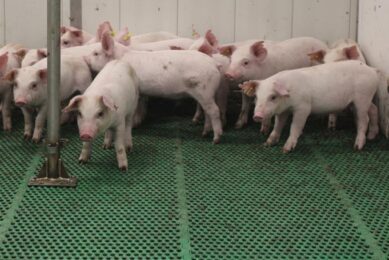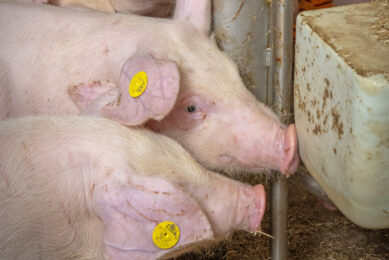Mycoplasma hyopneumoniae infections in pigs: update on epidemioloy and control
Dominiek Maes : Faculty of Veterinary Medicine, Ghent University, Belgium, Merelbeke, Belgium
Introduction
Mycoplasma hyopneumoniae (M. hyopneumoniae) is the primary pathogen of enzootic pneumonia (EP), a chronic respiratory disease in pigs resulting from combined infections with M. hyopneumoniae and one or more secondary bacterial pathogens (Thacker, 2006). M. hyopneumoniae is also one of the primary agents involved in the porcine respiratory disease complex (PRDC). This respiratory complex includes both bacterial (Actinobacillus pleuropneumoniae, Pasteurella multocida, streptococci) and viral (porcine reproductive and respiratory syndrome virus (PRRSV), porcine circovirus type 2 (PCV2), Aujeszky’s disease virus, swine infl uenza viruses (SIV) and porcine respiratory coronavirus) agents (Sibila et al., 2009). Both disease conditions cause major economic losses to the swine industry mainly due to reduced growth rate, poor feed conversion ratio, increased medication costs and increased mortality (Maes et al., 1996). Since elimination of M. hyopneumoniae from infected herds is difficult to achieve and also to maintain, most eff orts are currently directed towards control of the disease. In the present paper, first some aspects of the epidemiology of M. hyopneumoniae infections will be reviewed, next interactions with other respiratory pathogens will be discussed, and fi nally an update will be given on control strategies.
For full presentation see attached pdf











